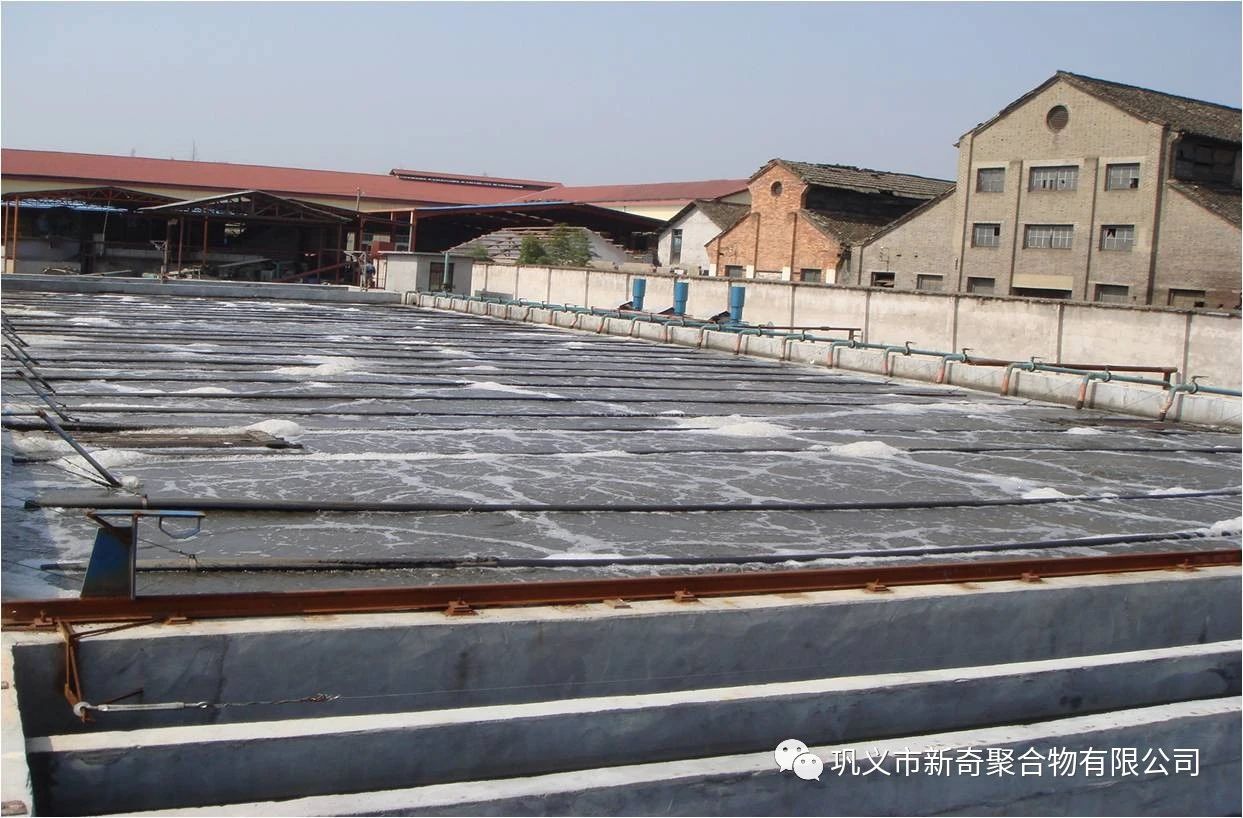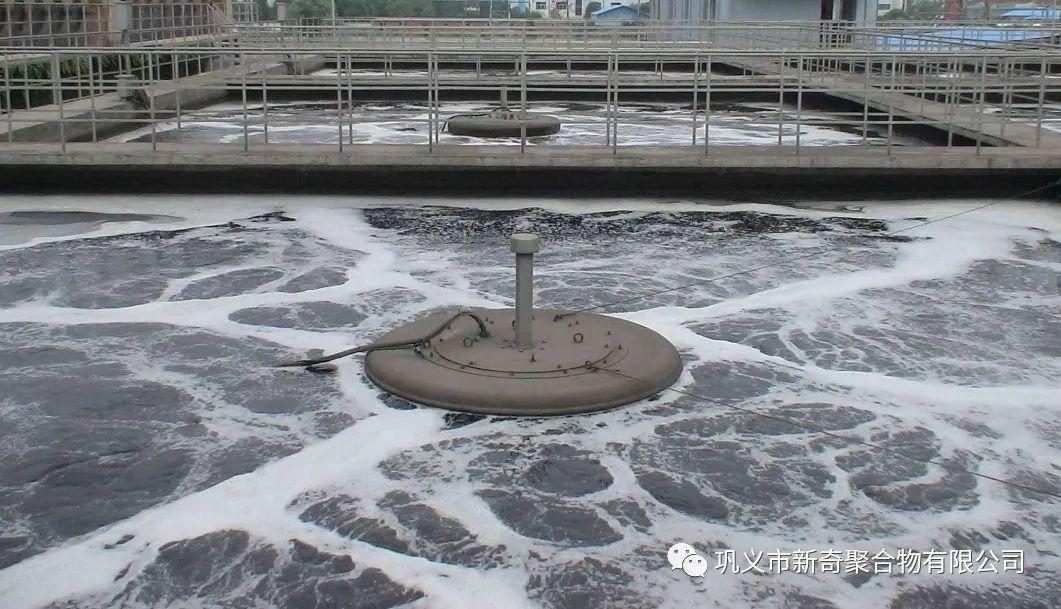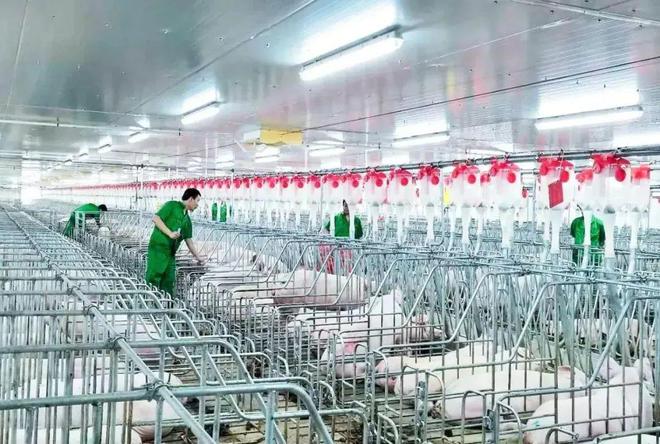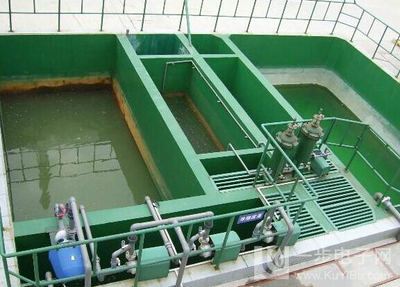What is chemical wastewater?

Chemical wastewater refers to the wastewater produced in the production process of chemical plants, such as the production of ethylene, polyethylene, rubber, polyester, methanol, ethylene glycol, oil tank farm, air separation air compressor station and other devices containing oily wastewater, after biochemical treatment, generally can meet the national secondary discharge standards, now due to the shortage of water resources, the water that meets the discharge standards is further treated. Recycling to meet industrial water replenishment requirements.
Main feature analysis
1. The composition of chemical wastewater is complex, and the reaction raw materials are often solvent-like substances or compounds with ring structure, which increases the difficulty of wastewater treatment;
2, the wastewater contains a large number of pollutants, mainly due to the incomplete reaction of raw materials and the use of large amounts of solvents in raw materials or production.
3. There are many toxic and harmful substances, and many organic pollutants in fine chemical wastewater are toxic and harmful to microorganisms;
4, more biodegradable substances, low BOD/COD, poor biodegradability;
Chemical wastewater treatment methods
COD can be used as an indicator of the relative content of organic matter, and the lower the COD value, the cleaner the wastewater. In the chemical wastewater treatment project to reduce COD value, the commonly used chemical wastewater treatment has physical, chemical, physicochemical and biological four methods.
1. Physical method: It is to use the physical action of wastewater to achieve the purpose of separation, degradation and purification. It is mainly for suspended matter or milky turbidity in wastewater, generally using grilles, screening, centrifugation, clarification, filtration, etc., which can greatly enhance the effect, reduce costs, and reduce pollution.
2. Chemical methods: There are a lot of chemicals in chemical wastewater, and chemical method is to use the principle of chemical reaction to eliminate or reduce the content of pollutants. Common methods are: neutralization, precipitation, REDOX, catalysis, extraction, electrolysis, incineration, flocculation, etc. In the chemical reaction of sewage, no secondary pollutants are produced.
3. Physical and chemical method: The use of physical and chemical methods can remove dissolved substances and colloidal substances in sewage, such as evaporation and concentration, ion exchange, coagulation, adsorption, photooxidation, centrifugation, purification, etc. So as to achieve the purpose of reducing COD content.
4. Biological treatment method: It is the use of microbial metabolism, so that the nutrients of organic or inorganic substances in the wastewater are digested and degraded into stable and harmless substances.
Other related products:
If you want to know more product details, please contact us



